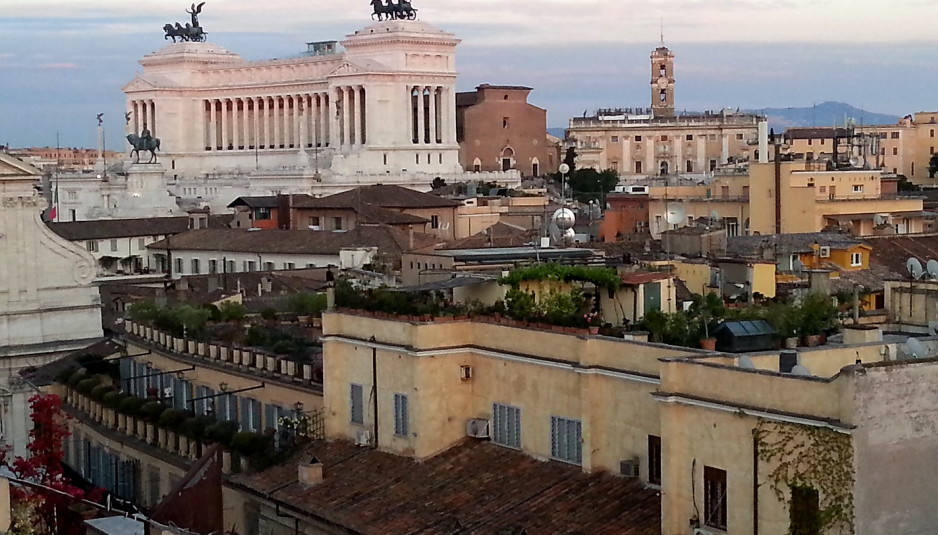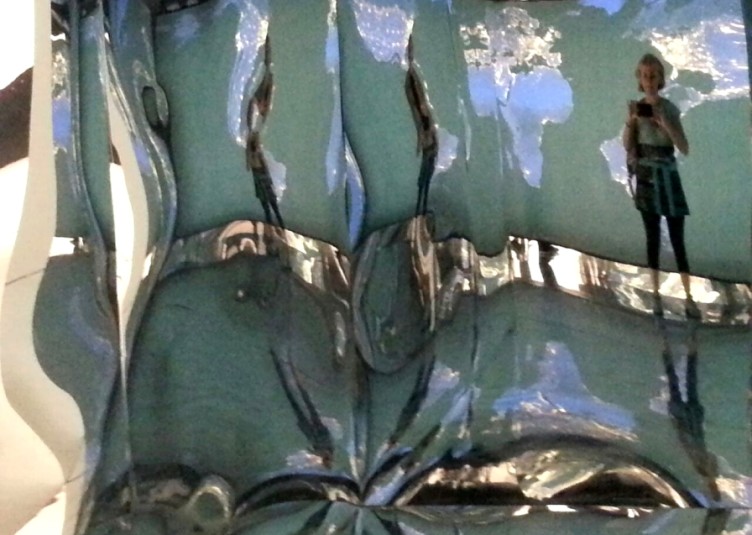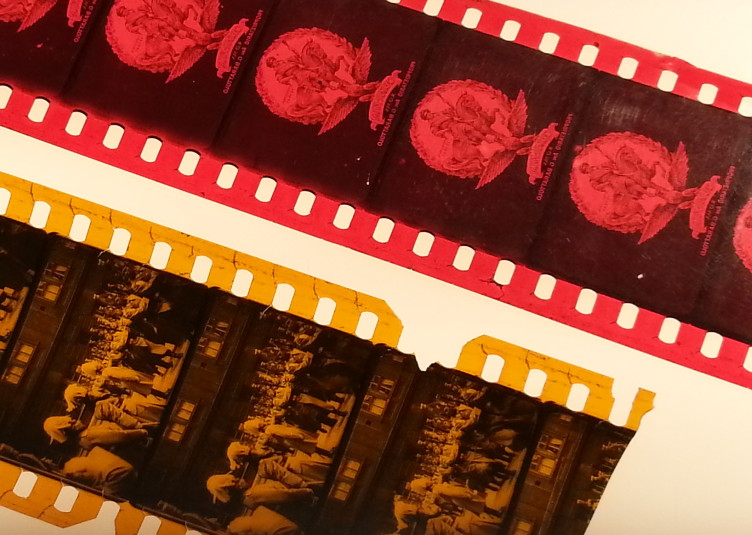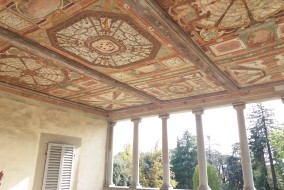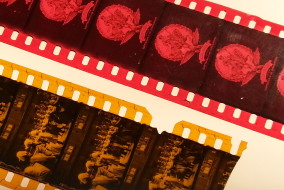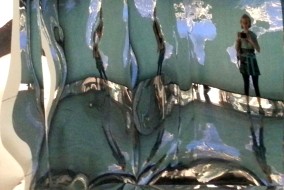Abstract (full paper here)
This paper identifies three models of public policy that have been applied to culture in the past few administrations in Rome: the intuitive, the political and the open. In contrast to these, we will discuss the possibility of adopting a fourth model, that of public cultural value. There are three requisites for its success. In first place, there must be a serious commitment to culture on the part of those involved (civic leaders, the administration, unions, political parties, businesses, citizens) that is based on trust and accountability and is guaranteed adequate funding. Second, highly transparent processes must be in place to underpin the whole framework of public action with an effective means of evaluation. Thirdly, we must have a common vision which comprises the city’s historical heritage and its identity with a view to the future and possible change.
On the basis of these three conditions – commitment, process and vision – there is the chance to create a public project for Rome that is totally transparent in the short, medium and long term. It must be the result of a true participatory process. This has nothing to do with people listening passively to things where everything has already been decided, the ensuing ‘debate’ merely providing formal approval. It must be a deliberative process which adopts modern methods, nurtures argument, produces information, offers incentives so that those who are most creative can thrive, and, last but not least, lays the foundations for clear decision making.
It is natural that any such project for Rome comes at a price for national government. It means that the country will be called upon to make a further effort, to reconfirm its trust in this opportunity for the city to be regenerated. Its status as the capital of Italy requires a budget befitting its role, albeit acknowledging that in the past far too much public money was sacrificed to private interests and to the individual at the expense of the collective. In exchange for this trust, the project must be to the highest standards. It must be crystal clear, assessable and accountable. This is a project for a smart city where creativity has a crucial role and indeed, results from the perfect marriage between cultural heritage and innovation.

